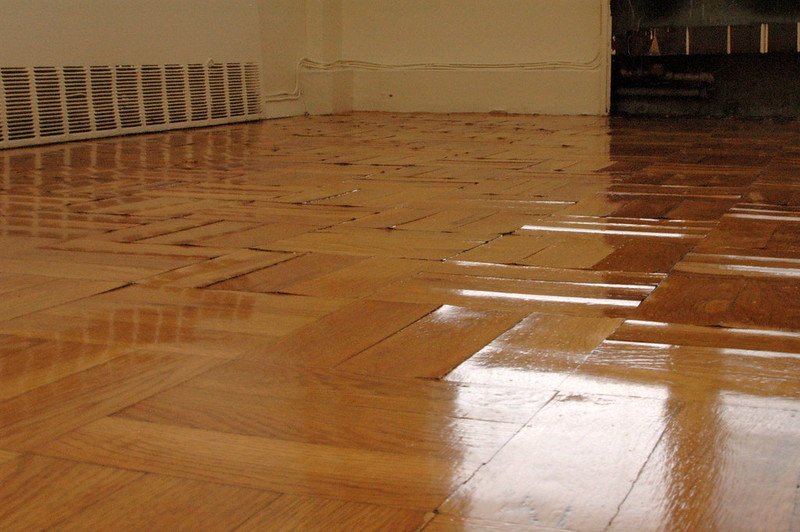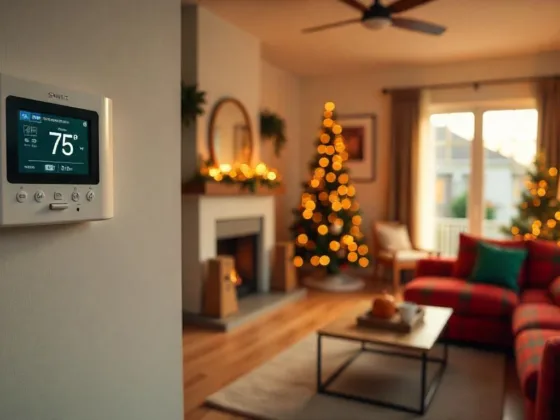Table of Contents Show
Water-damaged house repairs can be a daunting task. This blog post will provide you with some helpful tips for water-damaged house repairs, including how to keep the damage from getting worse and when to call in the experts.
Burst pipes, leaks, floods, and other natural disasters are all common causes of water damage. These events may cause more than just physical damage, they may also take away your sense of security and peace of mind. If this sounds like something you need support with, then read on!

Shut Down the Water Source
The first thing you should attempt to do is shut down the source of water that is damaging your home. That may be easy to do if the problem is caused by the water mains if you have the ability to turn off the water.
That’s not so easy in case of a natural disaster such as a storm hit home. In this case, you should try to minimize the damage being done at the time and you may have to remedy the situation when you are able to do so.
Understand the Different Type of Water
There are three different types of water you need to concern yourself with when it comes to water damage in your home. If you have clean, grey, or black water flooding your house, each one needs a different approach and should be handled in an appropriate way.
Clean water damage will come from broken supply lines such as those responsible for bringing the city’s drinking water to your home. This poses the least risk to those repairing the damage.
Greywater damage can be caused by a broken dishwasher, washing machine, or sink.
Those that suffer black water flood damage have the most serious concerns. Blackwater can come from sewage lines that have been damaged in some way, from a broken toilet, or from other sources of contaminated water that can enter your home due to flooding.
While you might want to try to get the waters out of your home on your own, it’s recommended that you contact professionals as soon as possible so they can properly dry everything and also remove any bacteria or viruses from contaminated water sources.
Read Also:
The Hidden Damage is Often the Most Dangerous
Water damage in the ceiling is often far worse than is first visible. They run the risk of sagging or collapsing so you should never try to fix a water-damaged ceiling by yourself.
When you have a lot of rain or there has been an enormous amount of flooding, you should exercise extreme caution before you let anyone turn any electrical power back on in your house as it could result in electrocution and even death if the wiring is wet.
Wet wood within your house can also prove to be a big problem since it can become severely warped, rot or develop mold and mildew. All of this could impact the integrity of the building and pose many hidden dangers.
Remove Porous Materials
Items such as carpet, fabric, or insulation that have been water damaged should be removed from your home. The water is likely to permanently damage these items so it’s unlikely you will be able to salvage them.
If you have laminate flooring, you need to ensure it’s a waterproof version because the cheaper, inferior products will need to be disposed of if they were installed.
This is particularly important if you’ve been flooded with sewage or contaminated water. You can hire a professional contractor for this work if you are unsure of how best to proceed or would otherwise rather have someone else handle the dirty job.
Disinfect Remaining Items
Once all the damaged material is removed it’s important to disinfect the remaining materials and the entire area thoroughly. This is a critical step you don’t want to miss.
You should use a disinfectant fogger or an ozone generator for this process because you need something that will permeate the area and kill all bacteria, viruses, and other pathogens down to their last cell.
Soap and water alone won’t do it as they only work on surface-level contaminants. You can also use bleach on suitable surfaces as an extra precaution.
The Serious Health Risk Associated with Mold
It’s important to dry out your home as quickly as possible and you should hire a professional to test for mold and mildew and remove any you find.
Mold can cause serious problems in your home, especially if you have lung sensitivities or other health conditions that make you vulnerable to respiratory infections.
If you are experiencing symptoms of illness after water damage but aren’t sure why it’s possible that mold has contaminated the home and is not visible.
Redesign the Right Way
It’s important to redesign and repair the damage done so you can minimize your risk of the same flooding issues occurring again.
While some flooding experiences may be unavoidable, many water damage issues arise simply because of poor design and inferior materials and trades being used.
Pay particular attention to the wet areas in your home such as the kitchen, bathroom, and laundry. By redesigning these areas, you can also make better use of your space, particularly your laundry.
Conclusion
Water damage is a common occurrence that you should be prepared for. Floods, leaky pipes, and burst water heaters can all lead to this unfortunate event.
If your house sustains water damage from one of these events, we trust these tips have been helpful. Remember to be cautious about design and workmanship in order to minimize your chances of suffering the same fate in the future.









